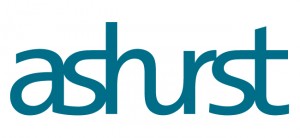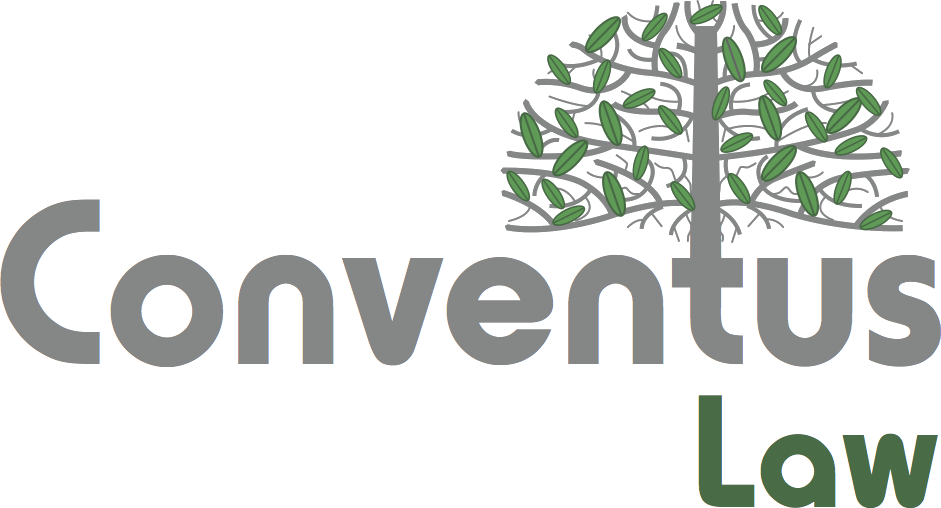9 April, 2019
Banking Tech Chat: A quick insight into the topics we're talking about internally. For a more in-depth conversation, feel free to get in touch.
This time last year, the UK and AsiaPac Loan Market Associations (LMA and APLMA) launched the Green Loan Principles (GLPs). Corporate lending clients have been asking us: "How many Green Loans are being written?", "How will the GLPs work for revolving facilities?", "How can we make this a viable product for our customers?" We've been following the emergence of ESG (Environmental, Social and Governance) loan products since their genesis – and talking to clients about the opportunities in ESG linked products for lenders and borrowers alike. Now the LMA, APLMA and LSTA (the US Loan Syndications and Trading Association) have launched the Sustainability Linked Loan Principles (SLLPs).
Here are our insights into what's happening – and why.
GLPs are accelerating corporate borrower demand for sustainable finance
Use of loan finance to fund green projects isn't new – and the clue is in the name. When our project finance renewables specialists looked at the GLPs, their reaction was: "We do this all the time." There are many project financings for which all four pillars of the GLPs are present. That is, (1) there is clear green use of loan proceeds; (2) the project's sustainability objectives have been clearly evaluated and communicated to lenders; (3) loan proceeds are strictly managed through project accounts; and (4) detailed and strict reporting is mandated. These project finance facilities aren't however badged as "Green Loan" facilities – but arguably they are ultra-green, as the consequence for a project company that fails to adhere to the covenants which underpin the four GLP pillars would be a clear event of default and not simply the inability to market or represent the loan as a Green Loan.
So the GLPs clearly aren't aimed at the project finance market; they're aimed at the corporate lending market – to provide a stimulus for lenders and borrowers to think harder about corporate lending and when it could be used to drive lower carbon and improved sustainability outcomes. The ultimate goal is to create a well-disciplined green loans market that can help satisfy demand for green investment products, and perhaps also for which supervisory authorities can justify lowering capital charges.
That of itself would help to accelerate the direction of capital towards sustainability investments, which is the stated aim of the European Commission. Loans badged as GLP Green Loans are thin on the ground – but sustainable finance is firmly on the corporate agenda.
Not a lot of true GLP corporate lending – but plenty of ESG linked activity
If the aim of the GLPs was to get the message across that more lending should be linked to sustainability outcomes, then a round of "Bravos!" is in order. This is a private market that is difficult to measure, but Refinitiv reported 2018 global green and ESG loan volume at nearly US$60bn (4x 2017 volumes). Within those figures is without doubt a very substantial increase in lending which is linked to improved ESG performance – particularly environmental. These are loans that have no specific green purpose but the borrower is incentivised to drive ESG improvement by a margin ratchet linked to key performance indicators.
These ESG/sustainability linked loans are available to any borrower that is motivated to improve its ESG performance – and almost all borrowers are. For the listed borrowers that already report on ESG matters to shareholders, linking achievement of their ESG goals to their corporate borrowings helps to embed a sustainability mind-set into the corporate DNA – and offers the reward of a small reduction in borrowing costs. What's in it for the lenders though? Is this just another element to price competition within the corporate lending market? Yes and no.
There's no expected margin reduction for a true GLP loan – the "advantage" for borrowers is the positive publicity and the opportunity of attracting green investors; a GLP loan carries a badge of credibility which is marketable. The ESG/sustainability linked loan however has no green halo on its head. The reward and penalty regime of a margin ratchet linked to success or failure in meeting ESG-based performance targets is an essential element in giving credibility to this loan product as a driver of better corporate behaviour. While the potential for a pricing reduction does squeeze the lenders, increasing the amount of lending linked to sustainability objectives is becoming a main board demand for banks as financial stability becomes more closely linked with sustainability. The bigger the ESG linked market, the more likely it is that true green purpose projects will emerge in the corporate lending space, accelerating demand for GLP financing and increasing momentum in favour of favourable capital treatment for the sector.
LMA/APLMA/LSTA Sustainability Linked Loan Principles (SLLPs)
Following the GLPs launch, market participants expected Social/Sustainability Loan Principles to be developed as a phase 2 LMA/APLMA project, as a shadow to the ICMA Social Bond Principles and Sustainability Bond Guidelines. Social Bonds are those used to finance or refinance Social Projects and Sustainability Bonds are those where proceeds are applied to a combination of both Green and Social Projects. The SLLPs however reflect the independence and flexibility of the loan market – because they describe a product for which there is already an active market, i.e. the ESG linked loans discussed above, where the loan margin ratchets up and down with predetermined ESG performance indicators. These key performance indicators are described as Sustainability Performance Targets (SPTs) in the SLLPs. Here is a summary of the SLLP four core components:
- Relationship to Borrower's overall Corporate Social Responsibility (CSR) strategy. The borrower should communicate to lenders its sustainability objectives as set out in its CSR strategy and how these align with the proposed SPTs to which margin will be linked.
- Target setting – measuring sustainability. SPTs should be ambitious, and tied to sustainability improvement in relation to a predetermined benchmark. Borrowers may seek a third party opinion as to the appropriateness of its SPTs or may seek to develop demonstrable internal expertise.
- Reporting. Borrowers should make available to lenders current information (at least annually) relating to SPTs, and are encouraged to publically report on performance against SPTs.
- Review. The need for external review will be negotiated transaction-by-transaction; either an independent external review, or development of demonstrable internal expertise to validate the calculation of performance and integrity of processes is encouraged.
Just as the GLPs include a non-exhaustive list of green purposes, the SLLPs set out some categories of SPTs (intended to be indicative only). There are 10 such categories – including biodiversity and renewable energy. All bar one (affordable housing) relate to the "environmental" limb of "ESG". We would have liked a clearer steer towards a broader view of "sustainability", since we have had client conversations around targets such as: employee diversity, reductions in site accidents, commitments to social projects such as mentoring schemes, and governance initiatives such as employee participation and transparency.
That said, the introduction to the SLLPs highlights the flexibility of the sustainability linked loan product and we don't expect the guidelines to frustrate any lender or borrower that wishes to link financing with improved corporate behaviour across the ESG spectrum.
Where do revolving credit facilities sit in this space?
In December 2018, the LMA extended the GLPs to facilitate their application to revolvers. While that was widely welcomed in theory, it doesn't make a lot of difference in practice. The same GLP pillars apply and it will inevitably be more difficult to apply a green purpose to a revolving facility. It is certainly possible though; for example, a business with a rolling need for sporadic electrical recycling services may choose to finance service procurement with a GLP revolver. The real play for revolving facilities is in the sustainability linked market where large corporates are linking their general corporate purposes revolving facilities to sustainability performance targets. These facilities may often be largely undrawn, but the prospect of a lower margin still helps to drive positive corporate behaviour.
Where does the GLP/ESG loan market go from here?
Sustainability linked facilities are a win-win for lenders and borrowers and we anticipate substantial growth in this area, particularly among large corporates. Documentation requirements are light and, while the process of measuring against performance targets must be verifiable, it need not be unduly onerous; the annual report to investors is a good starting point.
Our experience over the past year has shown large corporate borrowers to be the focus of attention. It may be though that the "true" Green Loan (GLP) market can gain increased traction building from the SME space. For example, a haulage business may wish to upgrade its fleet from diesel to electric – it could use a green loan. A commercial launderer wants to replace machinery to reduce water consumption – use a green loan. A meat supplier needs to replace refrigeration systems for more energy efficient alternatives – another green loan. For a lender thinking about its own ESG strategy, there will be an awareness that businesses with sustainability on their agenda are arguably those that are more likely to be better prepared for future risks and opportunities and therefore, perhaps, a better credit risk.
So, one year on from the GLP launch, anyone expecting the GLPs to be a day-to-day part of corporate lending activity may be disappointed. But for those looking at the bigger picture, change is happening fast – and sustainability linked lending is already looking like a winner.
For further information, please contact:
Nicholas Moore, Partner, Ashurst
nicholas.moore@ashurst.com

.jpg)




